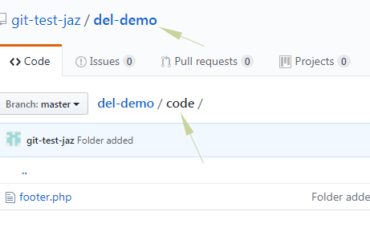
Check the git status to see the status of your changes. First, make a new change to README.md, and run git add to stage the changed file (i.e. If a changed file has been staged via git add, then you need to use git reset to pull the most recently committed version of the file and undo the changes that you’ve made.įollow the steps below to practice undoing changes that occur after git add but before git commit. Remember that once you add a set of changes to version control using git add, the changed file has been staged. You can open the file in a text editor to confirm! Unstage Changes (After git add, Before git commit) Thus, you have discarded the most recent changes.

The contents of your README.md file has been reverted to the last saved or committed version. Nothing to commit, working directory clean Your branch is up-to-date with 'origin/main'. See the example below (you do not need to type the comment after #): Be sure that you have cd to the directory for the repository. Or, you can use bash to add some text to the file using the echo command, as shown below. You can do this by opening the file in a text editor such as Atom and making/saving changes there. Or you can undo all changes (including all changes that have not been committed!) with:įollow the steps below to practice undoing changes that occur before git add.įirst, modify the README.md file in a repository. If you have changed a file but have not yet run git add, you can undo changes by running git checkout. But a file can not be removed only from the working directory. If you add a file by mistake, you can undo the addition before you commit using TortoiseGit Delete (keep local). The git rm is also used for deleting files from both the staging index and the working directory. The primary function of git rm is removing tracked files from the staging area (also called index).
GIT REMOVE NEW FILES UPDATE
(More on these options below.) Alternatively, you can update your Git configuration file to set the force requirement to false: clean requireForce false With the above variable you will be able to run git clean without triggering an error. Undo changes after they’ve been staged with git add (but before you run git commit). git clean -f Or, you can use the -i (interactive) or -n (dry run) options.you have not yet run git add to add or stage them). Undo changes before they’ve been staged (i.e.
GIT REMOVE NEW FILES DOWNLOAD
You can upload commits by running git push and download by invoking git fetch and git pull.After completing this page, you will be able to: Such commands work on remote branches that are organized by the git remote command. The git push belongs to the commands that are included in the “syncing” process. The latter is targeted at importing files to the local branches. It can be considered as the opposite of the git fetch command. This command is used for uploading the content of the local repository to the remote. In case an inconsistency occurs between the HEAD version of a file and the staging index or the working tree version, the removal will be blocked by Git.

Additionally, you can use this command to remove files from the staging index and the working directory.Ĭonsider that this command gives no option for removing a file only from the working directory. Whenever it is necessary to delete a particular file or a group of files from a git repository, you can use the git rm command.


 0 kommentar(er)
0 kommentar(er)
